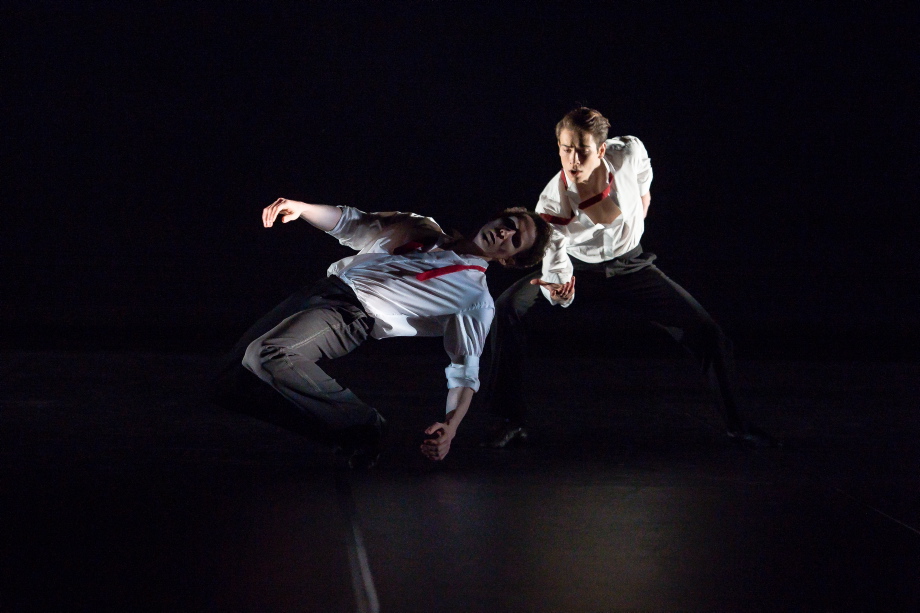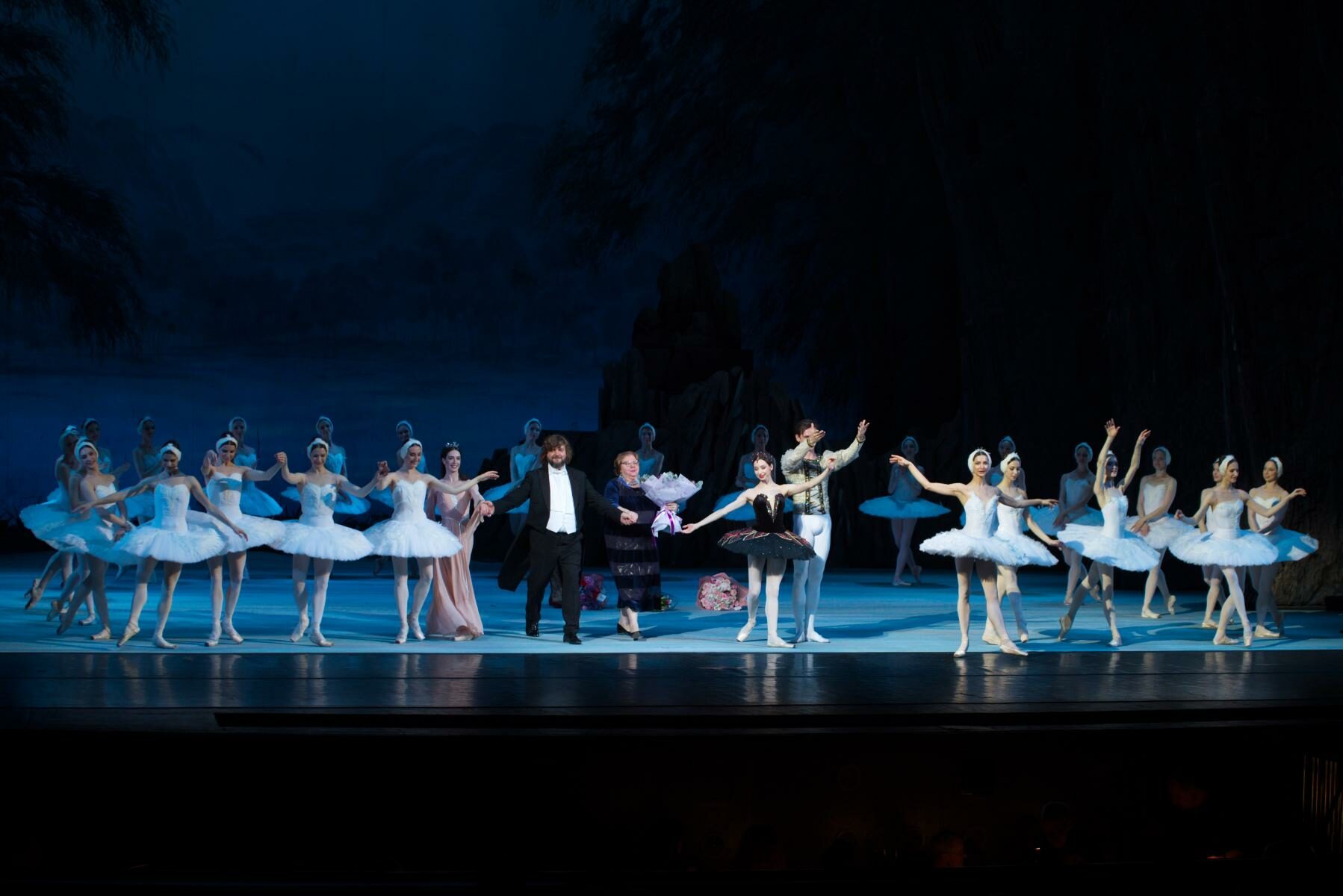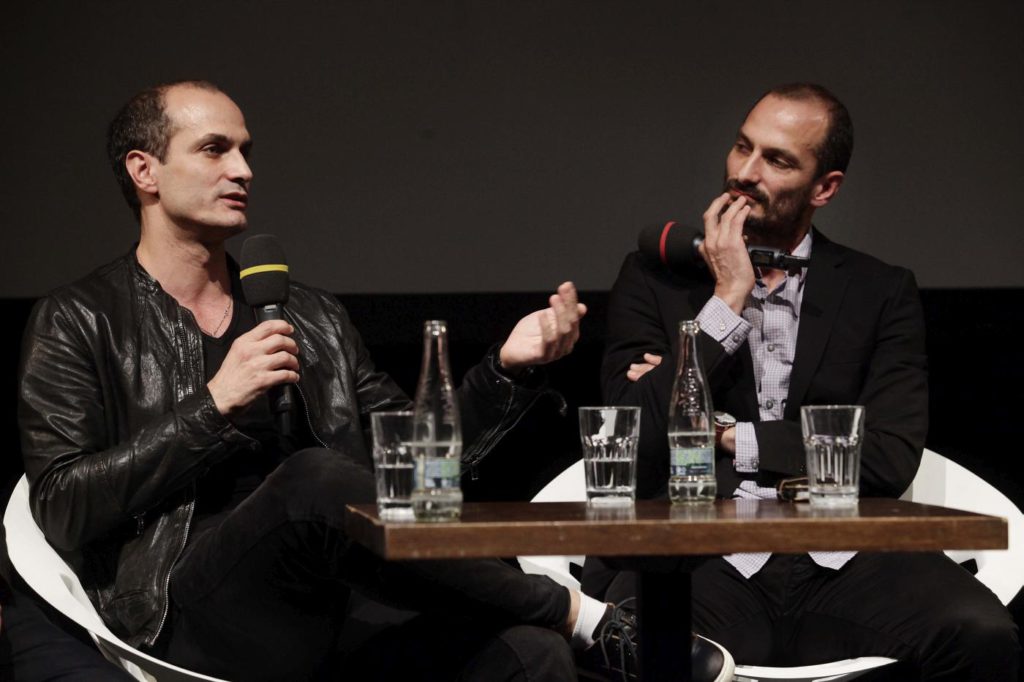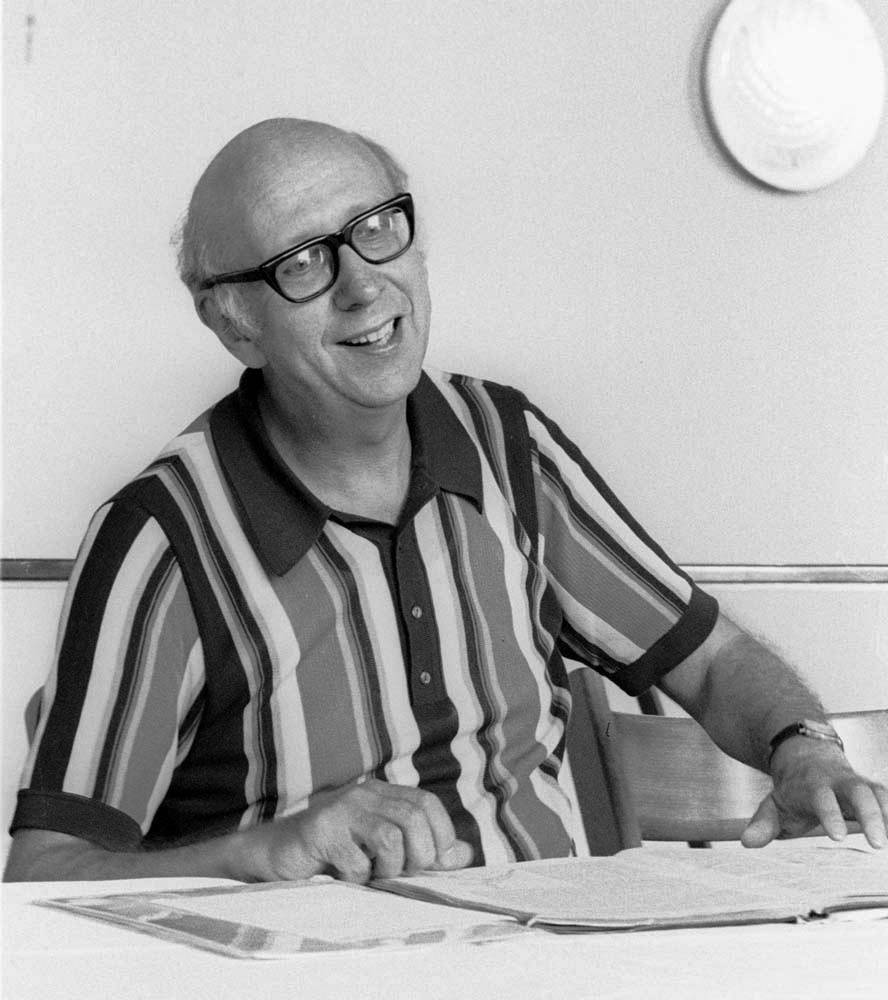Noverre Evening 2017
“Young Choreographers”
Noverre Society
Schauspielhaus Stuttgart
Stuttgart, Germany
April 20, 2017
by Ilona Landgraf
Copyright © 2017 by Ilona Landgraf
 Twelve young choreographers presented their works to the public as part of this season’s two Noverre Evenings – Stuttgart’s platform for aspiring choreographers of dance. Two of the choreographers are female. Two of the ten pieces are collaborative works. Seven originated from within the ranks of the Stuttgart Ballet, and three were created by individual dancers from Lyon, Munich and Mannheim. Notably, none included point work. The quality of the works varied, but each was warmly applauded and some raised enthusiastic cheers. (more…)
Twelve young choreographers presented their works to the public as part of this season’s two Noverre Evenings – Stuttgart’s platform for aspiring choreographers of dance. Two of the choreographers are female. Two of the ten pieces are collaborative works. Seven originated from within the ranks of the Stuttgart Ballet, and three were created by individual dancers from Lyon, Munich and Mannheim. Notably, none included point work. The quality of the works varied, but each was warmly applauded and some raised enthusiastic cheers. (more…)




